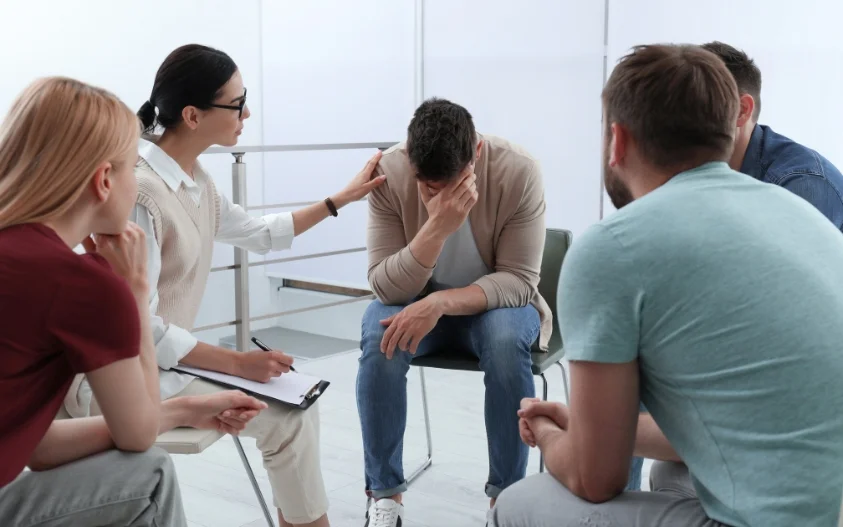24/7 Helpline:
(866) 899-221924/7 Helpline:
(866) 899-2219
Learn more about Heroin Rehab centers in San Miguel County
Other Categories in San Miguel County

Other Insurance Options

Magellan

Evernorth

Providence

Regence

GEHA

Horizon Healthcare Service

BlueShield

UnitedHealth Group

PHCS Network

Carleon

American Behavioral

Choice Care Network

Holman Group

Aetna

AllWell

Optum

Ceridian

Humana

Lucent

Oxford

Bay State Community Services – Billings Human Services
Bay State Community Services is located in Norwood, Massachusetts. Bay State Community Services prov...




















The Center for Mental Health
The Center for Mental Health is a non-profit organization and is governed by a board of directors re...

The Center for Mental Health
The Center for Mental Health is a non-profit organization and is governed by a board of directors re...

Counseling for Todays Issues
Counseling for Todays Issues is a private rehab located in Norwood, Massachusetts. Counseling for To...

Drug Testing Consultants
Drug Testing Consultants is a private rehab located in Norwood, Massachusetts. Drug Testing Consulta...

Emerald Court Health and Rehabilitation Center
Emerald Court Health and Rehabilitation Center is a private rehab located in Norwood, Massachusetts....

Canton Potsdam Hospital – Chemical Dependency Outpatient Clinic
Canton Potsdam Hospital – Chemical Dependency Outpatient Clinic is a private rehab located in Norwoo...


























